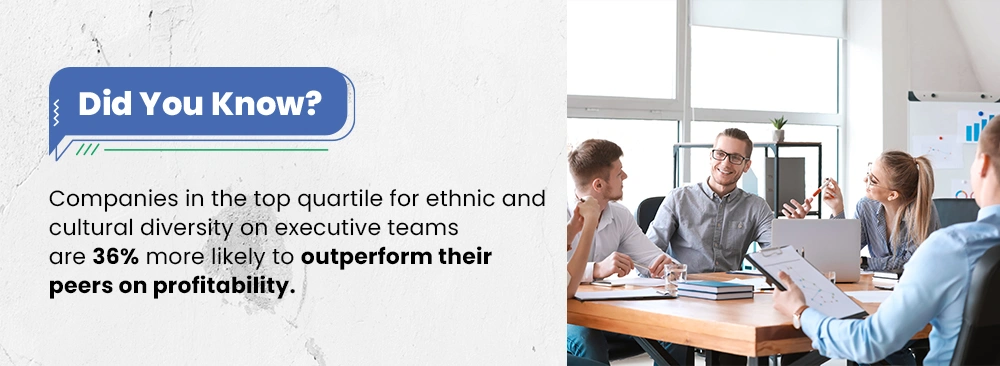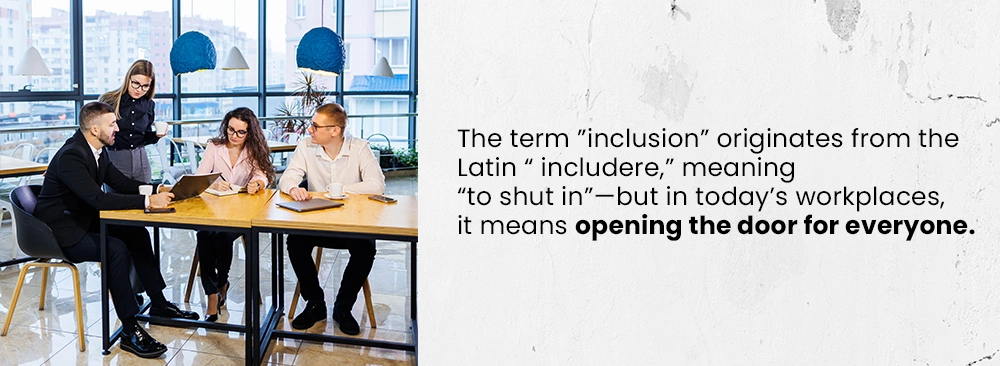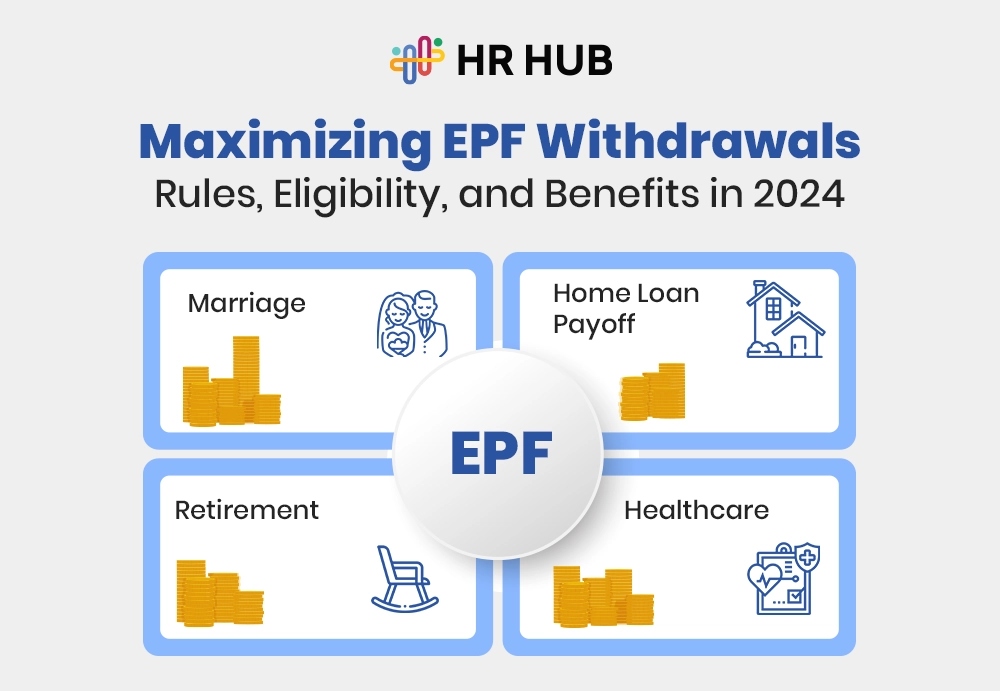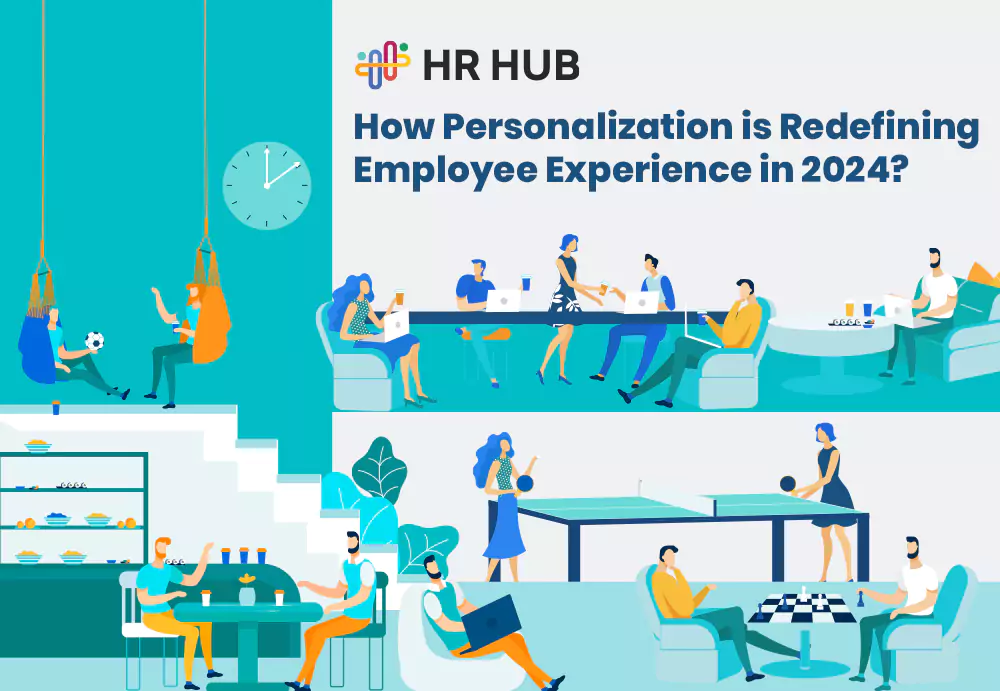Let’s start with a scene.
It’s Monday morning. Teams log in from different corners of the world. On one screen, someone’s toddler is waving hello. On another, a rainbow flag hangs in the background. Meanwhile, a new hire from a rural town gets their voice heard in a meeting filled with seasoned professionals.
This isn’t just a feel-good workplace montage. This is what diversity and inclusion strategies look like when they’re more than a line in the company handbook.
Creating a workplace that’s not just diverse, but truly inclusive and equitable, is no longer a bonus—it's a benchmark. And in 2025, it’s the heartbeat of modern organizations.
Key Strategies for Building a Diverse and Inclusive Workplace
Let’s dive into the real, raw, and refreshing strategies that move the needle on inclusion, not theoretically, but practically.
Strategy 1: Rewire the System, Not Just the Slogan
Anyone can update a mission statement. But updating your systems? That’s where courage meets commitment.

Real diversity and inclusion strategies start by examining the invisible systems that determine who gets hired, who gets promoted, and who gets left behind. It’s about breaking the myth of “culture fit” and replacing it with “culture add.”
-
Is your hiring process inclusive of neurodivergent candidates?
-
Do your job descriptions subtly discourage certain groups from applying?
-
Do your promotion panels reflect the diversity you preach?
These aren’t just questions. They’re flashlights—shining a beam on the blind spots in your existing structures.
Building equity requires friction. It calls for rewriting outdated norms and replacing comfort zones with courageous ones.

Strategy 2: Bake Inclusion into the Everyday
Here’s the truth: Inclusion is less about grand gestures and more about everyday habits. Inclusive workplace practices don’t always show up as big, bold initiatives.

Often, they whisper their way in through:
- Who gets asked to take notes (spoiler: it shouldn’t always be the woman).
- Who gets interrupted most often in meetings?
- Whose time zones are consistently ignored in global scheduling?
Tiny moments build—or break—a sense of inclusion.
Want a simple exercise? Audit your next five meetings:
- Who speaks the most?
- Who gets credit for ideas?
- Who’s multitasking out of disengagement?
That’s your data. That’s your direction.
Empowering inclusion isn’t about a monthly awareness email—it’s about designing systems where everyone is heard, seen, and valued every single day.
Strategy 3: DEI Initiatives Can’t Be One-Size-Fits-All
The era of generic DEI initiatives is over. Employees, especially Gen Z and millennials, are demanding personalization and authenticity. They don’t want a token representation. They want representation that leads to transformation.

A truly inclusive workplace isn’t afraid to go beyond performative gestures. It invests in:
- Diverse leadership pipelines
- Intersectional ERGs (Employee Resource Groups)
- Safe reporting channels for microaggressions and bias
It also means ensuring that your DEI efforts are effectively measured. Not everything needs a KPI, but if you’re serious about impact, track:
- Inclusion sentiment scores
- Representation across levels
- Retention rates by identity group
And most importantly—share the results. Celebrate wins, but own the gaps. Transparency builds trust.
Strategy 4: Build Cultural Competence, Not Cultural Convenience
Too often, we simplify culture down to food, festivals, or flags. But cultural competence isn’t about knowing when Diwali falls this year. It’s about understanding the lived experiences that shape how people show up at work.

For example:
- In some cultures, openly disagreeing with a manager is perceived as a sign of disrespect.
- In others, silence in meetings signals disengagement rather than reflection.
So, when you assess someone’s leadership skills or collaboration, are you evaluating them through your lens—or theirs?
Training for cultural competence should focus on:
- Intercultural communication styles
- Managing global teams with empathy
- Awareness of privilege and power dynamics
It’s time we stop asking employees to “adjust” and start building workplaces that flex around them.
Strategy 5: Let Leadership Walk the Talk
If inclusion isn’t modeled at the top, it will never trickle down.
Your leadership team sets the tone. If the only diversity in the boardroom is in the graphics used on PowerPoint decks, your people will notice. Quickly.

So, how do you build inclusive leaders?
- Train them to recognize and respond to bias.
- Tie inclusive behavior to performance appraisals.
- Encourage vulnerability and openness. Yes, even in the C-suite.
And most importantly, amplify underrepresented voices not just in support roles, but also in strategic ones. The message? You don’t just belong here. You lead here.
This is one of the most effective diversity and inclusion strategies: representation with power.

Strategy 6: Make Belonging the KPI of Tomorrow
You’ve probably heard the phrase “Diversity is being invited to the party; inclusion is being asked to dance.” However, by 2025, it will have evolved.
Now, belonging is about being able to show up in sneakers or saris, with your accent or your silence, and still be trusted, respected, and promoted.

To get there:
- Ask your employees what belonging means to them
- Design policies that reflect the fluidity of identity (e.g., gender-neutral restrooms, floating holidays, chosen name usage)
- Celebrate intersectionality—not just siloed identities
Remember, inclusive workplace practices don’t need to be loud—they need to be lived.
What Belonging Really Looks Like (And Where HR HUB Fits In)
Belonging isn’t a metric. It’s a feeling.
And just like trust, it’s built slowly—but broken fast.
At HR HUB, we believe that technology should support—not dictate—human experience. That’s why our platform integrates configurable DEI initiatives, empowers HR teams to track diversity and inclusion strategies, and helps leaders cultivate cultural competence across every level of the organization.
From analytics that reveal bias, to workflows that encourage transparency, to employee touchpoints that reinforce inclusion, HR HUB doesn’t just manage people. It moves them.
So if you're ready to move from policy to purpose, from intent to impact, from diversity to belonging, you know where to start.






